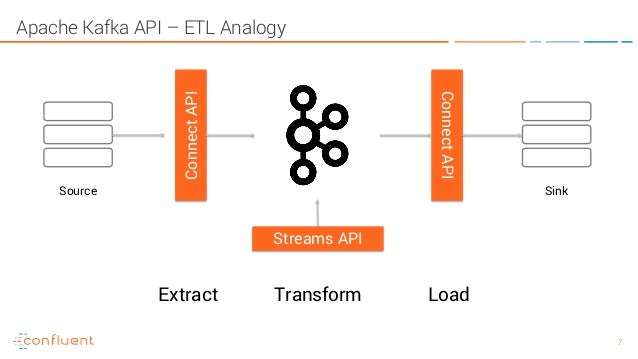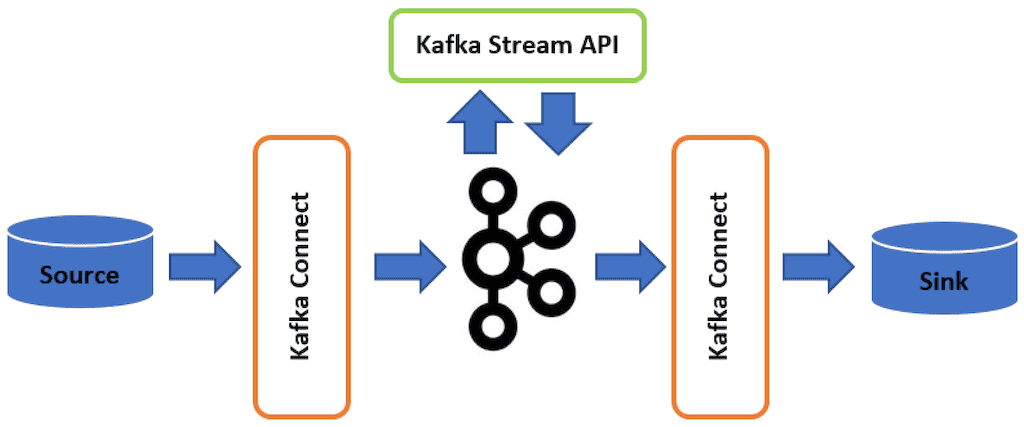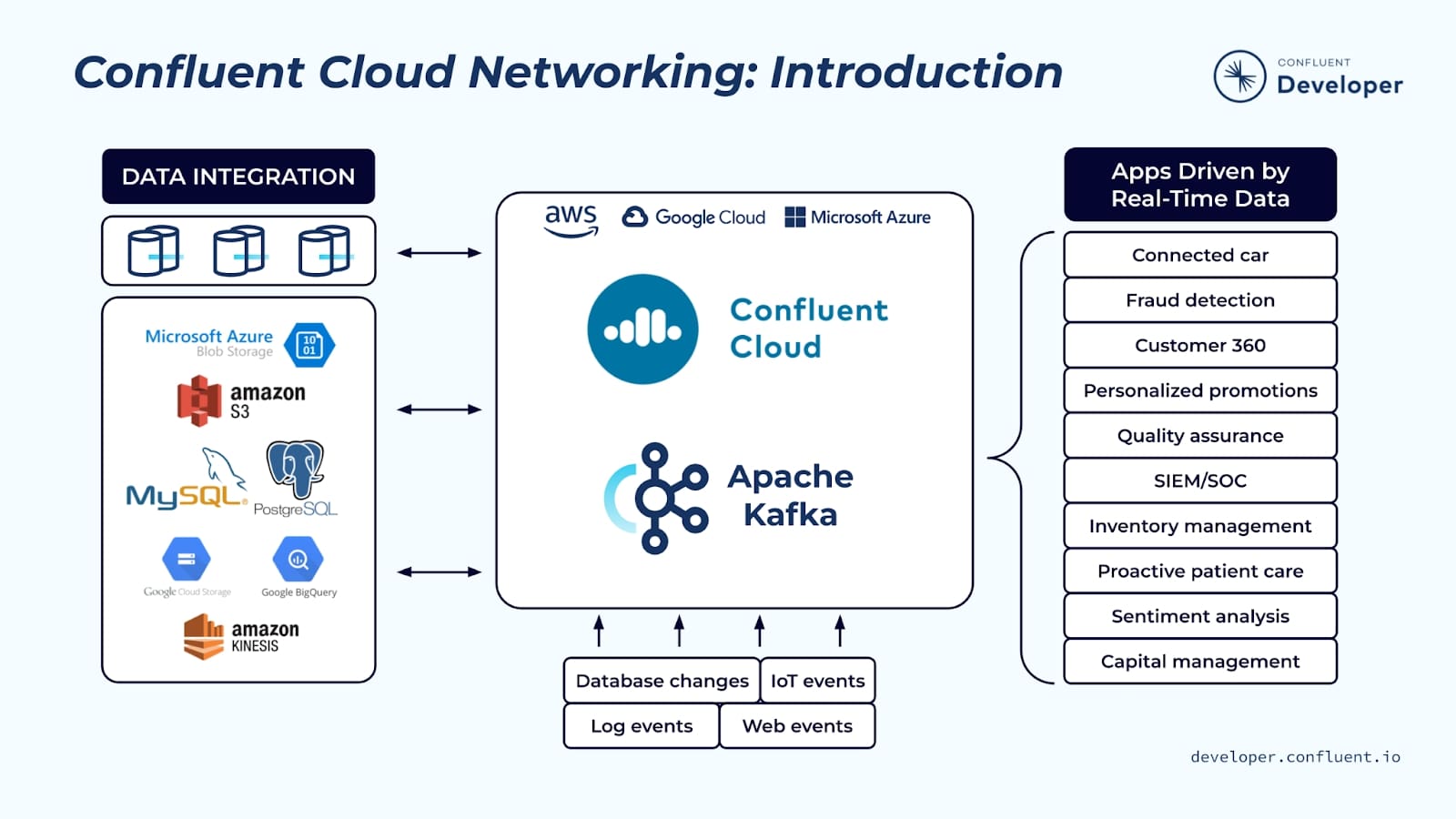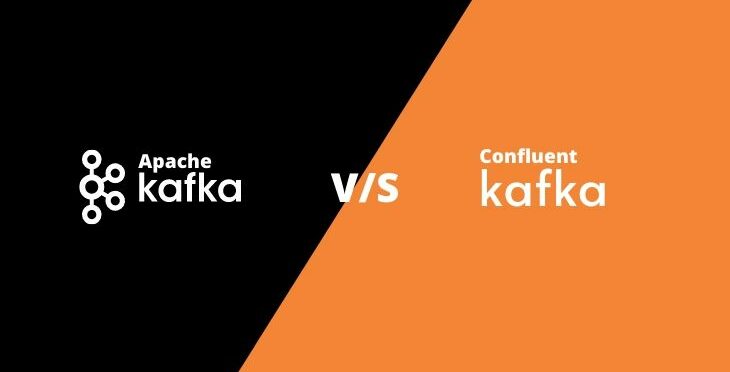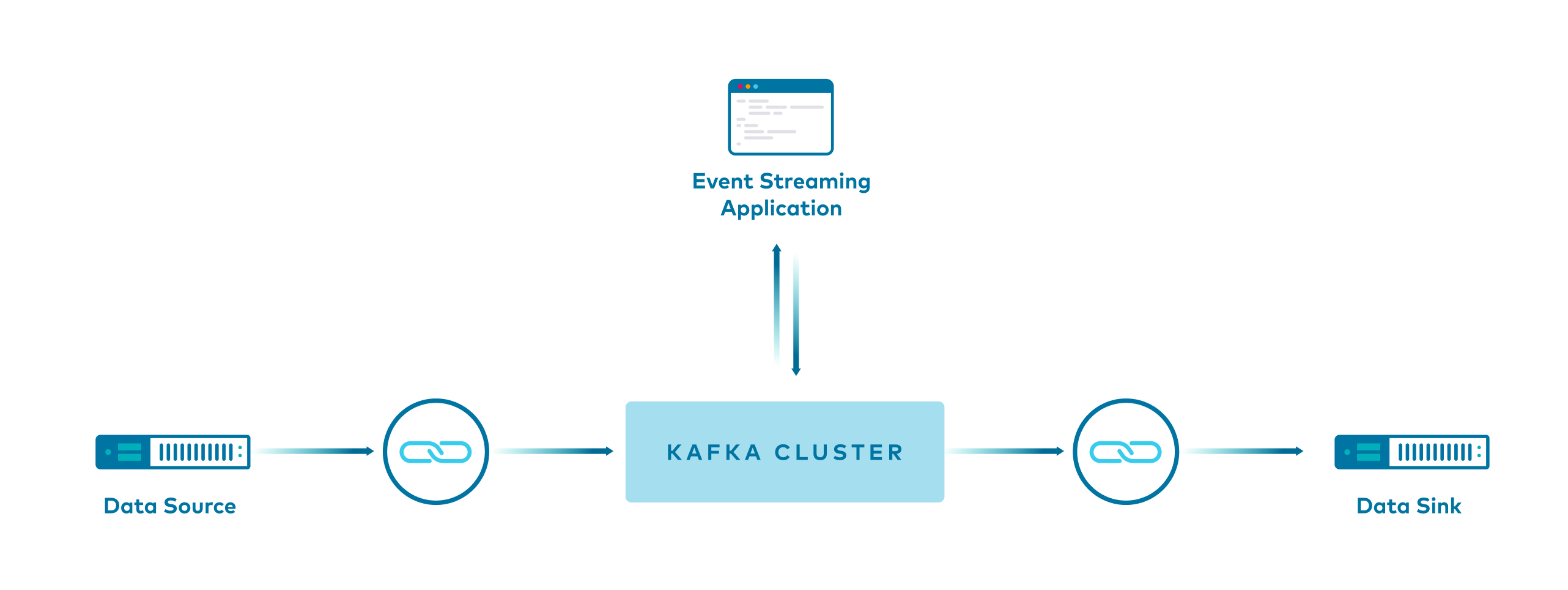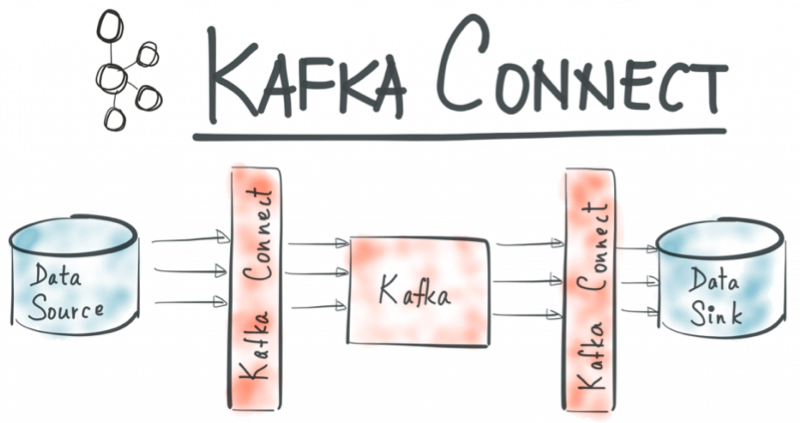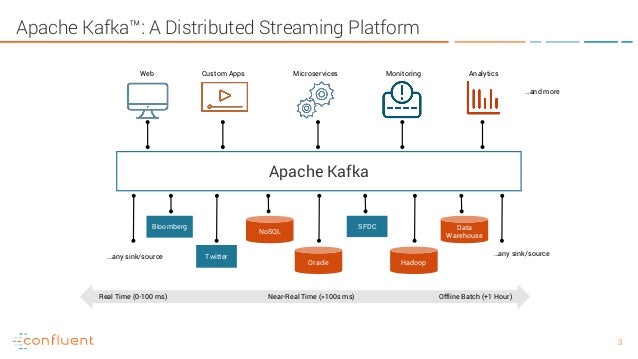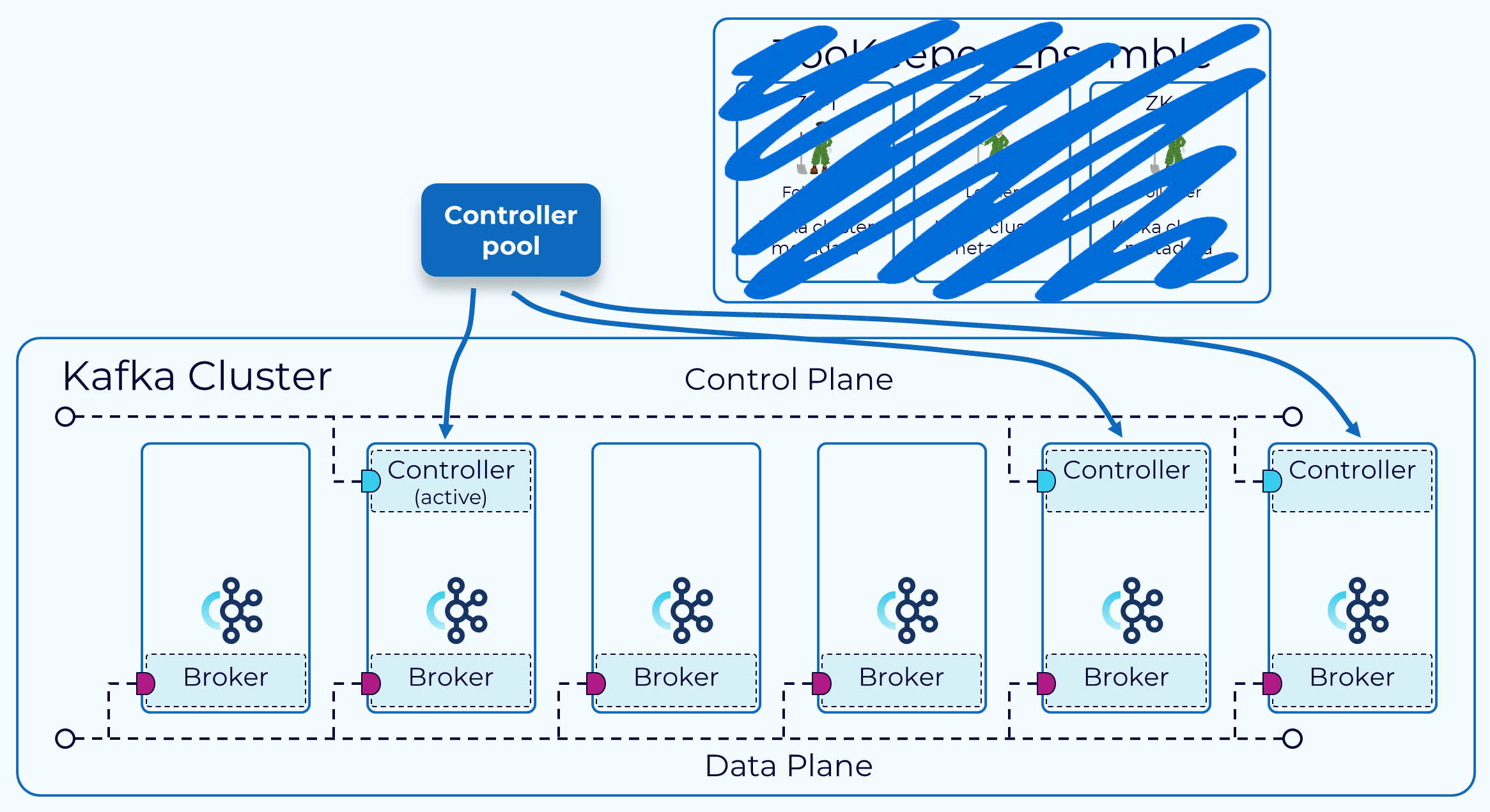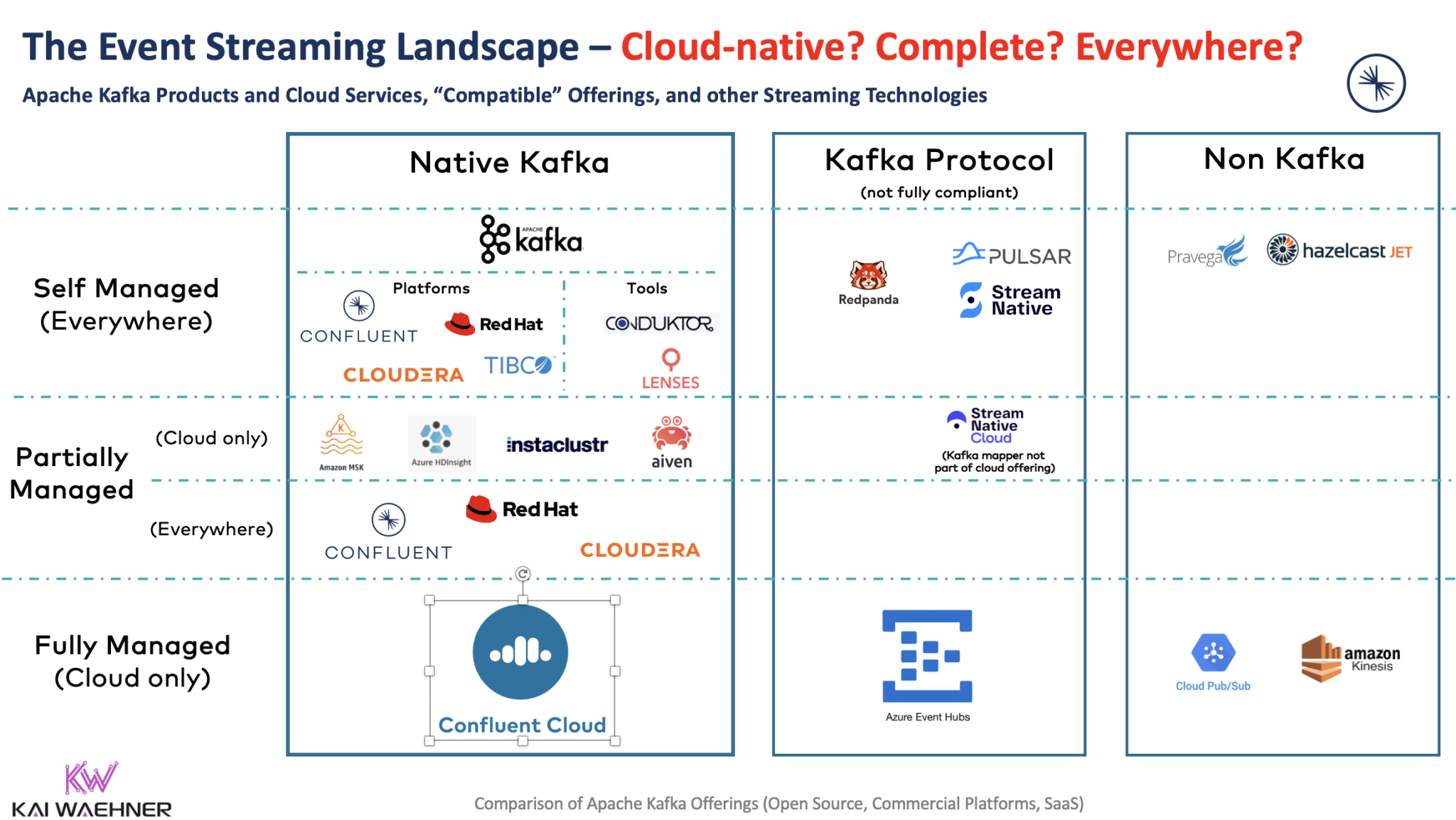Difference Between Confluent Kafka And Apache Kafka
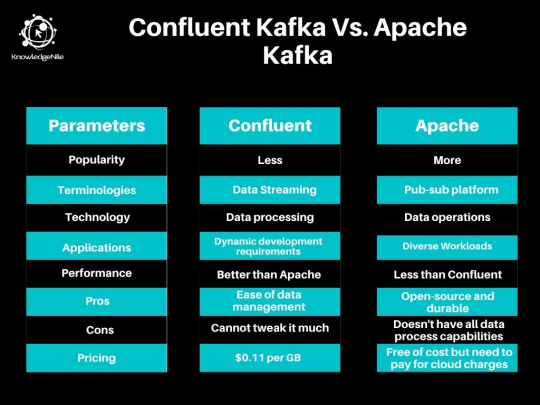
In the world of data streaming, Apache Kafka and Confluent Kafka are often used interchangeably, leading to confusion for developers and organizations alike. While both share a common ancestor, significant differences exist that impact functionality, deployment, and the overall user experience.
This article breaks down the key distinctions between the two platforms, clarifying their respective roles in the data streaming landscape and helping readers understand which solution best fits their specific needs. Understanding these differences is crucial for making informed decisions about infrastructure and development strategies.
The Common Core: Apache Kafka
Apache Kafka, an open-source distributed event streaming platform, forms the foundation for both systems. Developed by the Apache Software Foundation, it provides the core messaging and storage capabilities for handling real-time data feeds. This includes the fundamental components of brokers, producers, consumers, and the ZooKeeper coordination service.
Apache Kafka allows organizations to build their own data streaming pipelines using open-source tools and components. It empowers users to customize their deployments and integrate with a wider range of technologies.
Confluent Kafka: Expanding the Ecosystem
Confluent Kafka is a commercial distribution of Apache Kafka, developed by Confluent, a company founded by the original creators of Kafka. It builds upon the open-source core by adding a suite of enterprise-grade features, tools, and services designed to simplify deployment, management, and monitoring of Kafka clusters.
These additions aim to streamline the development process and make Kafka more accessible to organizations lacking deep expertise in distributed systems. Confluent offers a complete platform encompassing open-source components and commercial offerings, including Confluent Platform and Confluent Cloud.
Key Differences in Features and Functionality
The most notable difference lies in the expanded feature set offered by Confluent Kafka. This includes features like Schema Registry for managing data schemas, Kafka Connect for simplifying data integration with various sources and sinks, and Kafka Streams for building real-time stream processing applications.
Confluent also provides commercial connectors for various databases and systems, along with management tools for monitoring and managing Kafka clusters. These features reduce the operational overhead and accelerate development cycles.
Apache Kafka relies on community-driven development and support, while Confluent Kafka offers enterprise-level support and commercial features. This distinction is significant for organizations requiring guaranteed support and access to specialized expertise.
Deployment and Management
Apache Kafka deployments typically involve manual configuration and management of individual components. This requires skilled personnel with expertise in distributed systems and Kafka administration. Setting up and managing Apache Kafka can be more complex and time-consuming.
Confluent Kafka offers tools and services that simplify deployment and management. This includes Confluent Control Center for monitoring cluster health, managing topics and partitions, and automating administrative tasks.
Confluent Cloud, a fully managed Kafka service, further reduces operational burden by handling infrastructure management, scaling, and security updates. This allows organizations to focus on building applications instead of managing infrastructure.
Community and Support
Apache Kafka benefits from a large and active open-source community. Users can find support, documentation, and examples from the community, making it a viable option for organizations with the necessary technical expertise.
Confluent provides commercial support and training options, which can be critical for organizations requiring guaranteed uptime and expert assistance. The availability of dedicated support can significantly reduce downtime and improve overall reliability.
Licensing and Cost
Apache Kafka is licensed under the Apache License 2.0, which is a permissive open-source license. This allows users to freely use, modify, and distribute the software.
Confluent Kafka offers both open-source and commercial components. While the core Kafka functionality remains open-source, enterprise features and Confluent Cloud are subject to commercial licensing fees.
Organizations need to evaluate their specific requirements and budget to determine the most cost-effective solution.
Making the Right Choice
Choosing between Apache Kafka and Confluent Kafka depends on an organization's specific needs and resources. Apache Kafka is a good choice for organizations with strong technical expertise and a preference for open-source solutions.
Confluent Kafka is a better fit for organizations seeking a comprehensive platform with enterprise-grade features, simplified management, and commercial support. The Confluent platform allows organizations to deploy and manage data streaming applications at scale, while the cloud offering greatly eases the burden of infrastructure management.




